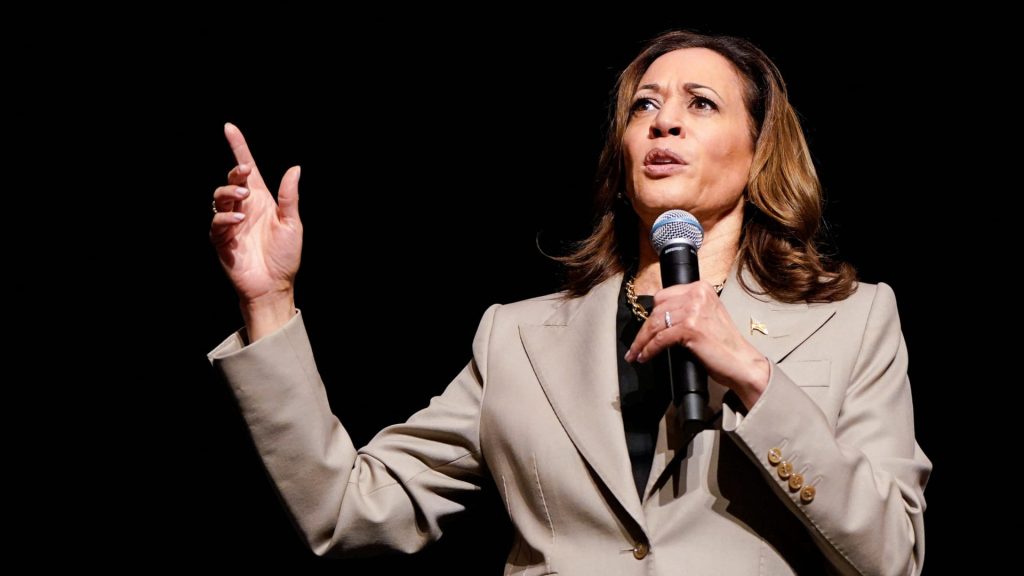Vice President Kamala Harris has introduced an economic plan that includes an expanded child tax credit worth up to $6,000 for families with newborn children. This plan aims to restore the higher child tax credit that was enacted through the American Rescue Plan in 2021. The proposed tax break would increase for middle- to lower-income families for the first year after a child is born, providing $6,000 in tax relief to families during that time. This plan comes shortly after Senator JD Vance of Ohio, a former GOP running mate of former President Donald Trump, suggested a $5,000 child tax credit. However, the $2,400 bonus for newborns in Harris’ plan is seen as a response to Vance’s proposal.
The expanded child tax credit failed in the Senate, but there is bipartisan momentum for its expansion. Republican lawmakers are expected to revisit the measure after the election, and the size of the expansion and the design of future credits will depend on which party controls the White House and Congress. If no action is taken, the maximum child tax credit will drop from $2,000 to $1,000 after Trump’s 2017 tax cuts expire in 2025. The American Rescue Plan had temporarily increased the maximum child tax credit to either $3,000 or $3,600, which helped lower the child poverty rate to a historic low of 5.2% in 2021.
The future of the child tax credit and its potential expansion is unclear. Lawmakers are already dealing with trillions in expiring tax cuts, making it difficult to implement costly expansions. While Harris and Vance have proposed significant increases in the child tax credit, experts do not expect future expansions to be as large. Expanding the child tax credit to $3,000 or $3,600 could cost an estimated $1.1 trillion over a decade, while the expansion to $6,000 for newborns could cost $100 billion. Harris has emphasized her commitment to fiscal responsibility, including calls for higher taxes on wealthy Americans and large corporations, in her economic plan.
In the wake of the American Rescue Plan and the success in lowering the child poverty rate, there is growing bipartisan support for expanding the child tax credit. Republican lawmakers are expected to revisit the measure after the election, and the design and size of future credits will depend on which party controls the government. Without action from Congress, the maximum child tax credit will decrease significantly after 2025 when Trump’s tax cuts expire. While there is potential for further expansion of the child tax credit, lawmakers are hesitant to implement costly measures, given the current federal budget deficit and the expense associated with extending tax cuts. Harris’ plan, along with Vance’s proposal, highlights the ongoing debate over the future of the child tax credit and its impact on American families.















